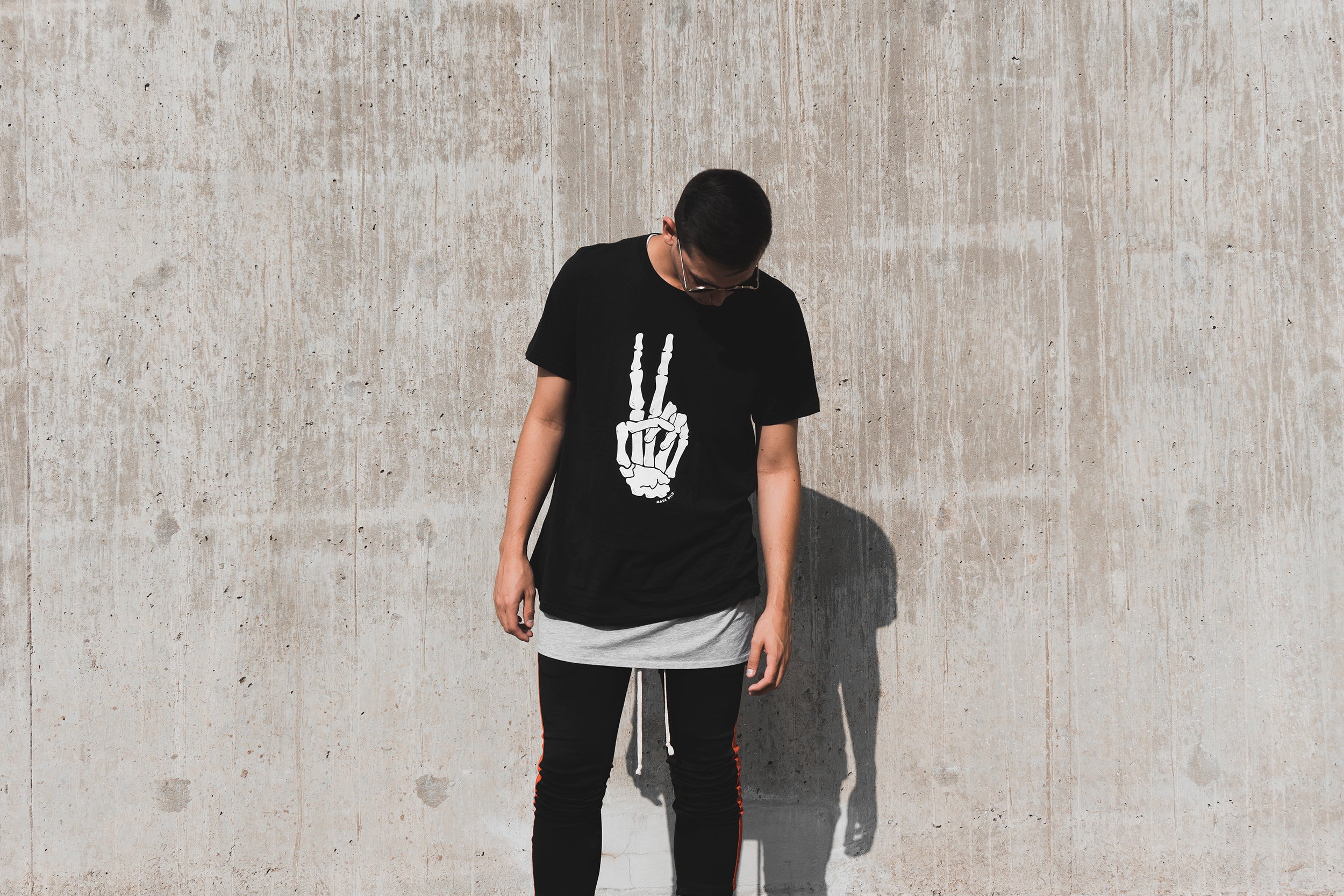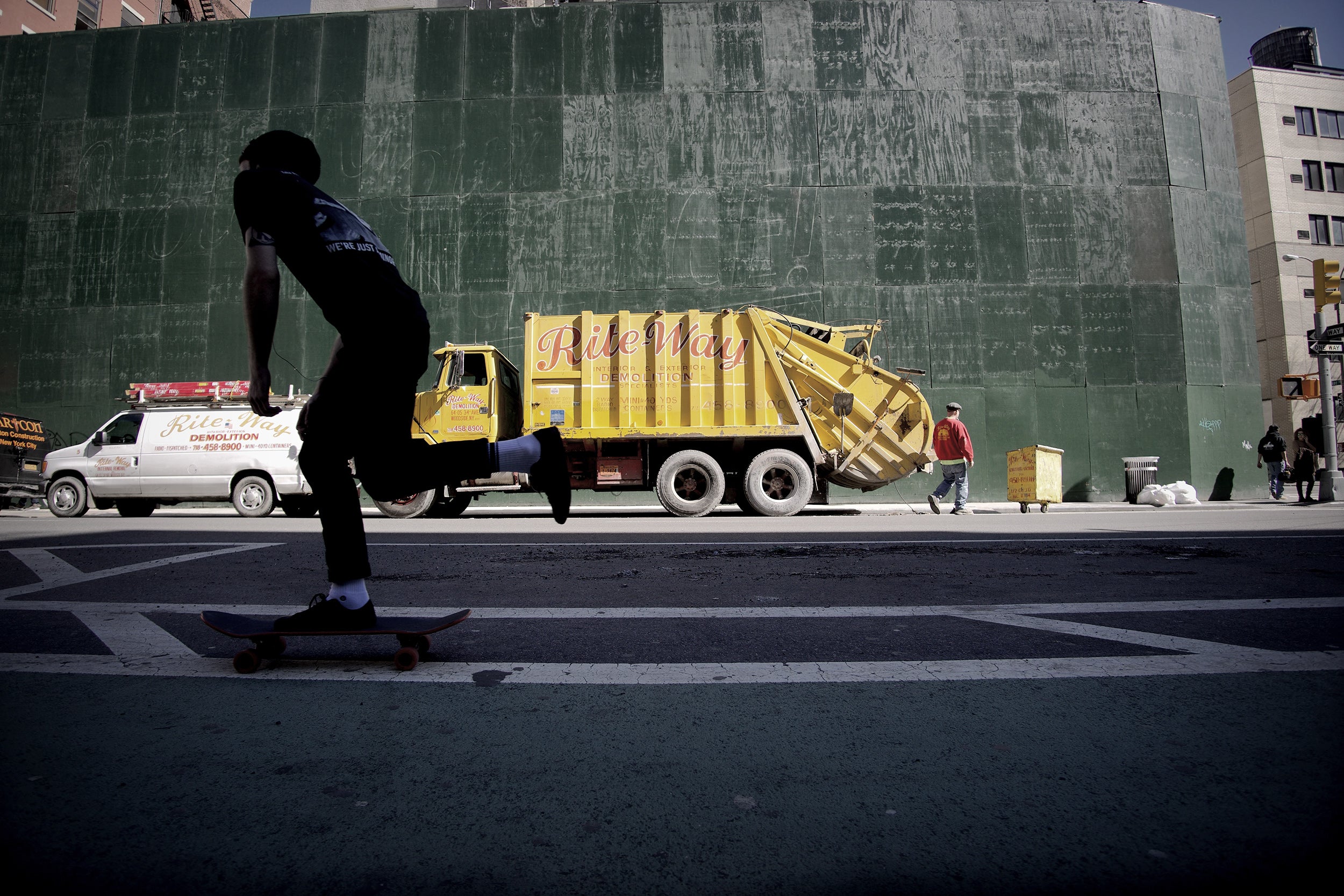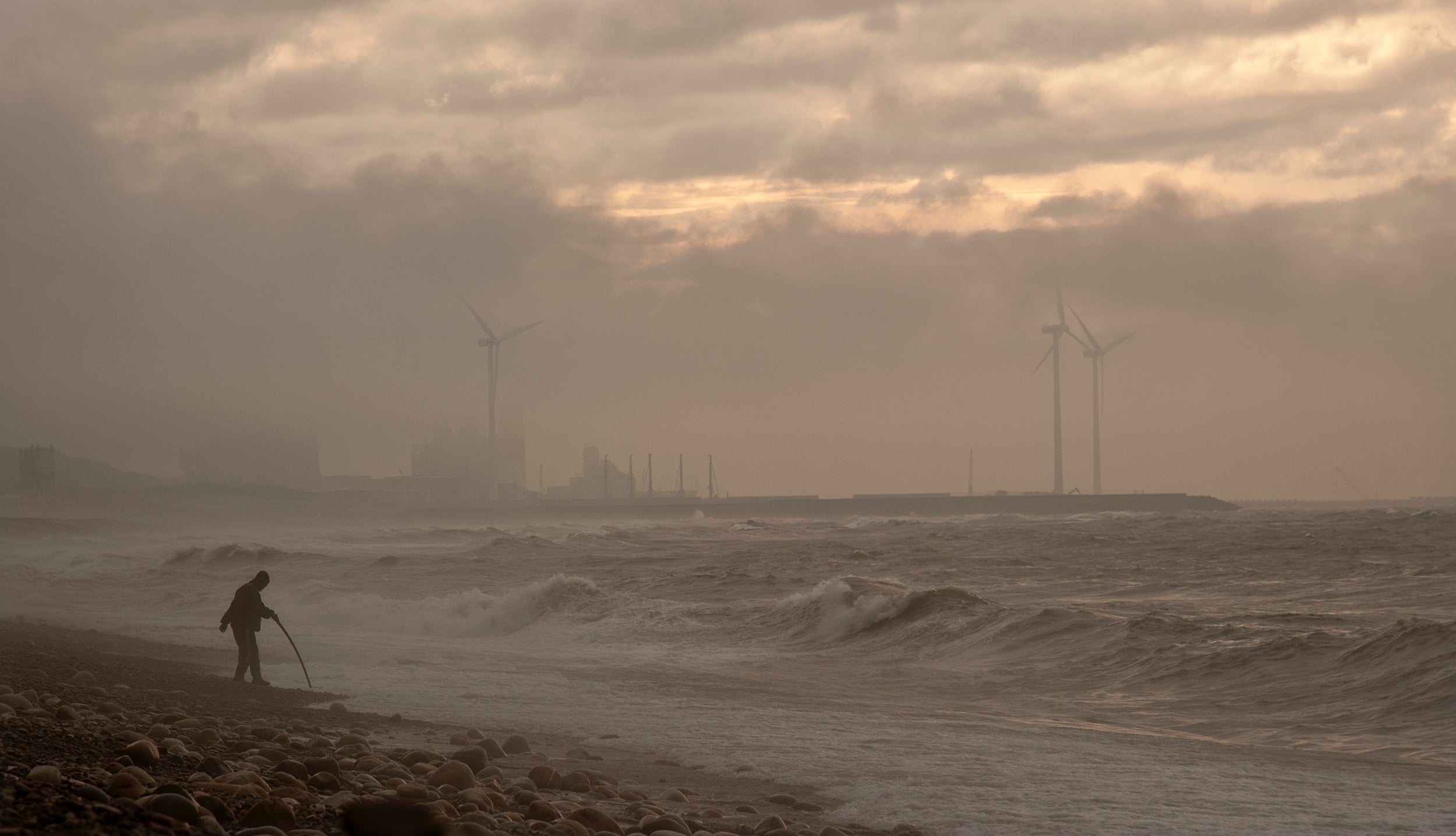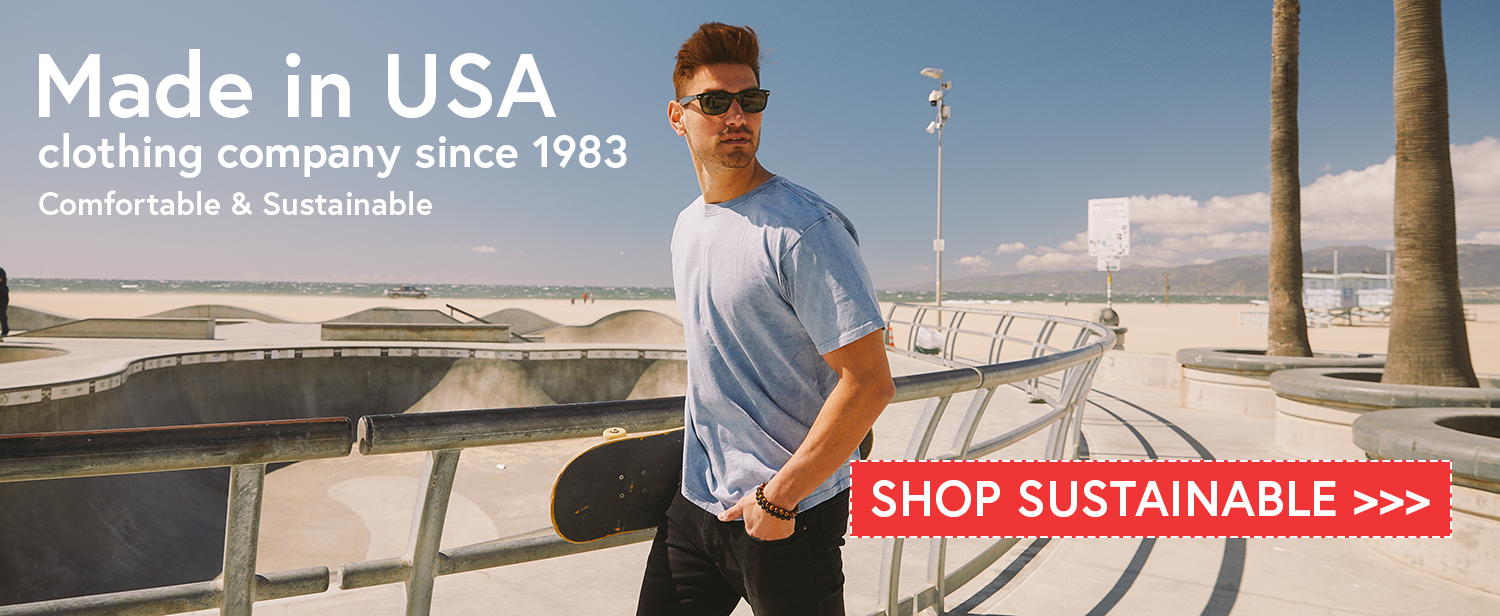
I’m sorry to be the bearer of bad news, but fast fashion is destroying our planet. But how...?
In short, fast fashion produces a severe amount of carbon emissions, pollutes the world’s waterways with microplastics, and its broken business model overproduces so much clothes that billions of dollars of new clothes are thrown away every year.
So what exactly is fast fashion?
What is Fast Fashion?
Definition of Fast Fashion
Fast Fashion: cheap, trendy, and disposable clothing that makes buying clothes easy because it's so affordable. Generally, fast fashion clothing is made carelessly, and often without consideration of environmental and labor conditions.
Examples of fast fashion brands: Forever 21, Urban Outfitters, Zara, and Fashion Nova.
The Fast Fashion Business Model
Fast Fashion brands run their business solely on higher productions and lower production costs. Instead of releasing collections four times a year, fast fashion brands introduce the newest, current trends that mimic expensive high-end brands as often as several times per month.
This vicious cycle encourages shoppers to update their wardrobes regularly throughout the years to keep up with the next, newest trend. In other words, fast fashion has made it normal for clothes to become disposable. When the next trend begins, the old trend becomes waste. Unwanted clothes end up rotting away in landfills or being burned to the ground releasing greenhouse gases into the air.

Fast Fashion Environmental Impact
Fast Fashion And The Environment
As mentioned earlier, the fast fashion industry produces a noticeable amount of carbon emissions and pollutes the world’s waterways. In fact, the clothing industry alone consumes more energy than aviation and the shipping industry combined, according to the United Nations Environment Program.
All of these environmental problems stem from fast fashion companies’ manufacturing process:
- Overproduction
- Using unsustainable materials
- Not having eco-conscious regulations in their factories
- Large amounts of waste
Fast Fashion Disposal
Since Fast Fashion brands run their businesses solely on higher productions, there is a massive amount of disposal and waste. Every second, a garbage truck amount of clothes is either burned or sent to a landfill. According to the Ellen MacArthur Foundation, $460 billion worth of wearable clothing is thrown away. On average, one American throws away 80 pounds of clothing every year.

Fast Fashion Water Pollution
Since there are no strict environmental regulations in popular fast fashion manufacturing destinations (China, Bangladesh, India), rivers in these countries have transformed into toxic dead zones because they are saturated with cancer-causing chemicals released from the factories. Since there are no strict regulations on these factories, it's easy for them to dispose of materials unethically.
In addition, the synthetic (unsustainable) garments and toxic dyes these factories use to produce their clothing is polluting the planet’s water supply with microplastics. In fact, every time we wash these cheap garments in our washing machines, the wastewater pollutes our water supply with microfiber plastics posing a threat to wildlife in your surrounding area.

Fast Fashion Brands To Avoid
To help you avoid fast fashion and reduce your environmental footprint, below is a list of fast fashion brands to stop supporting. If you’ve ever wondered, “What brands are fast fashion?”, this will help you map out the fast fashion brands to avoid.
Popular fast fashion brands:
- Urban Outfitters
- Forever 21
- Zara
- Target
- Old Navy
- Asos
- American Eagle
- Abercrombie & Fitch
- Fashion Nova
- Uniqlo
- Hollister
- Nasty Gal
A Push Towards Sustainability & Slow Fashion
With all the negativity aside, today, many clothing brands, like Goodwear are taking a leap into sustainability -- the slow fashion movement. And even better, consumers are becoming more conscious about reducing their carbon footprint and are opting to purchase from higher quality and sustainable clothing brands.
Slow Fashion: Clothing brands that do not overproduce, manufacture in the states, or use sustainable materials and fair labor practices.
This positive turn of events is becoming widespread across the United States because of the several climate change movements. The most recent and influential climate change movement was started by 16-year-old Swedish climate activist Greta Thunberg in late 2019. Greta famously made her mark on America when she traveled by herself from the UK to New York on a zero-emissions sailboat for the UN’s climate conference.
There are also some popular slow fashion clothing companies that don’t manufacture at all and host secondhand sites for people to sell their old clothes or vintage finds. The most popular secondhand online marketplaces are Depop, Poshmark and ThredUp.

Three key things to note when shopping for slow fashion
- Always ask “Who made my clothes?”
- Made in USA clothing or American made clothing means you’re shopping local ,and when shop local, you’re reducing your carbon footprint
- Sustainable clothing companies will be transparent about how their clothes are made, the factories they are produced in, and the materials used (this is usually included on their website and in their marketing)
Wrapping Up: Why Is Fast Fashion Bad?
Fast Fashion is bad because it's a leading contributor to the planet’s carbon emissions, water pollution, and disposable waste. This cheap, trendy, and carelessly made clothing plague has an unethical business model when it comes to the planet's health and sustainability.
Luckily, in the last few years there has been a slow fashion movement where clothing brands are beginning to run their business models with the goal of a low environmental footprint. These slow fashion brands are manufacturing their clothing in the USA, using sustainable/recyclable materials, and are using fair labor practices.
For more information check out this article by our friends at Porch.com

